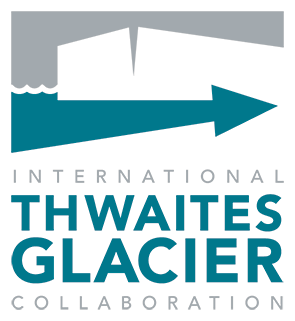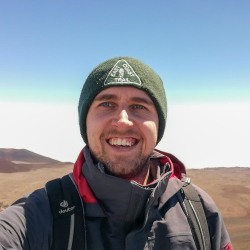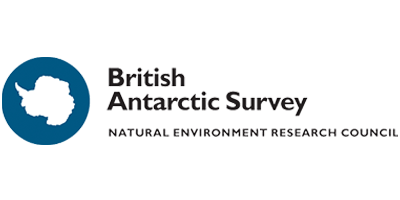Clark ITGC:078
Clark, R.W., J.S. Wellner, C. Hillenbrand, R.L. Totten, J.A. Smith, L.E. Miller, R.D. Larter, K.A. Hogan, A.G.C. Graham, F.O. Nitsche, A.A. Lehrmann, A.P. Lepp, J.D. Kirkham, V.T. Fitzgerald, G. Garcia-Barrera, W. Ehrmann, and L. Wacker. 2024. Synchronous retreat of Thwaites and Pine Island glaciers in response to external forcings in the presatellite era. Proceedings of the National Academy of Sciences 121 (11) e2211711120.







